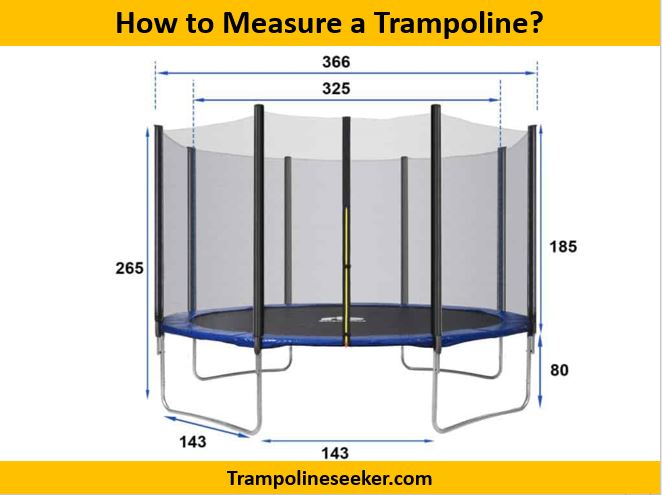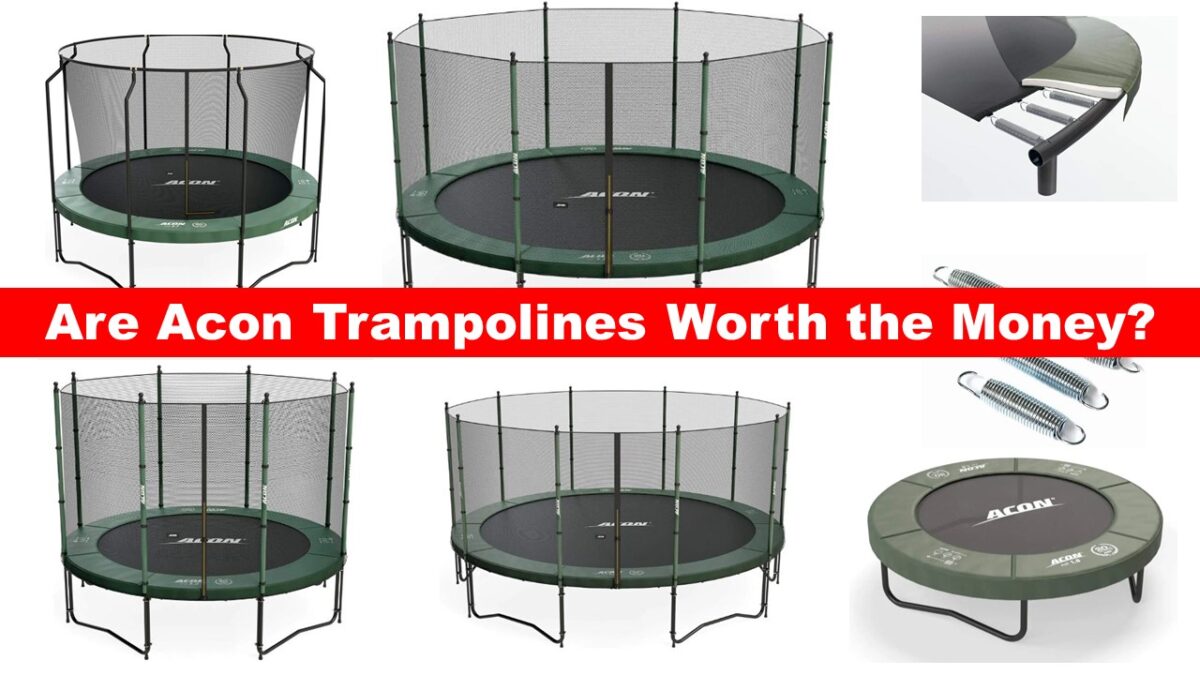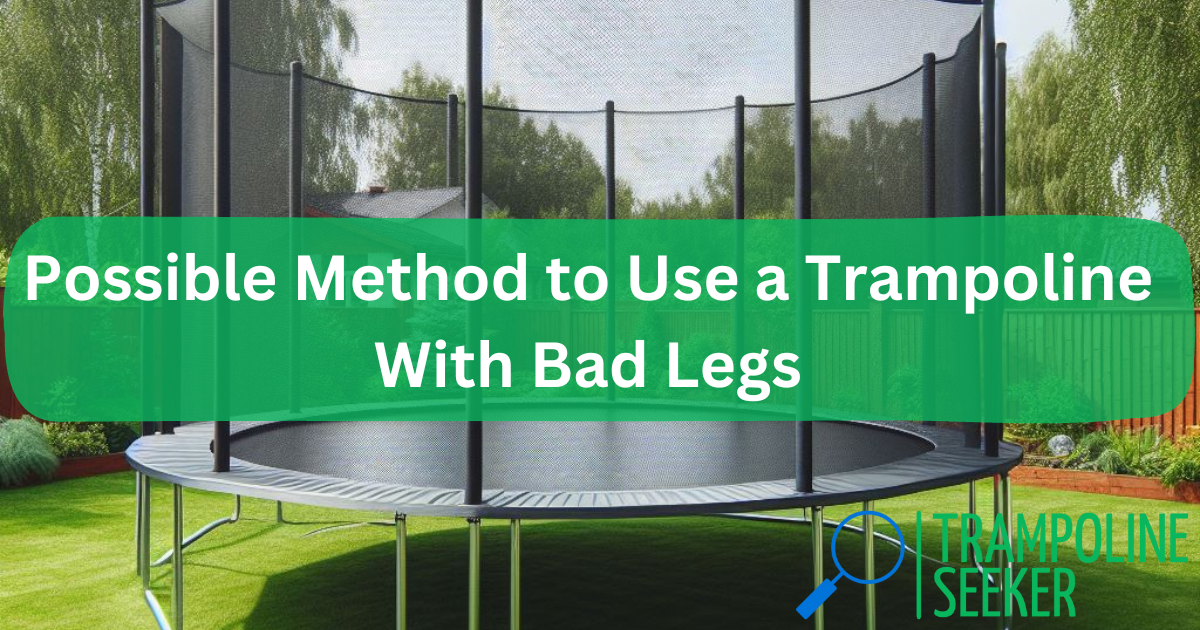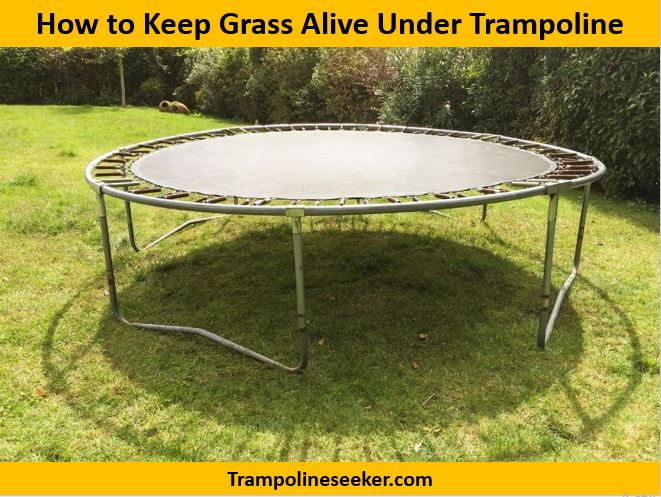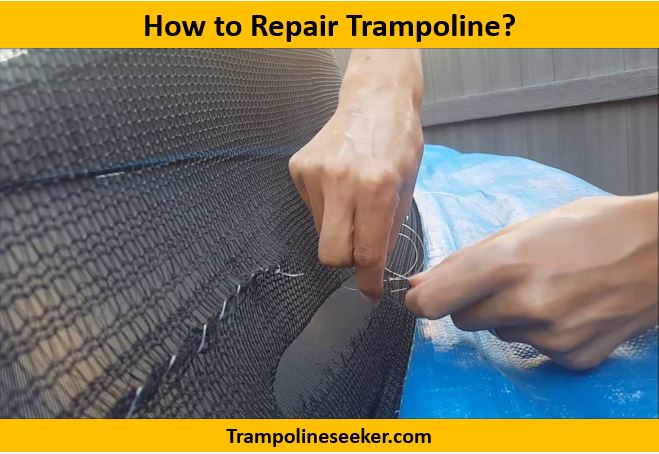I’ve noticed recently that the springs on my 10ft round trampoline keep breaking – about one per day. At first I thought it was a fluke, but it kept happening. And a couple times the springs even shot out and hit my kids as they broke, which is dangerous. As a dad, keeping my kids safe is my top priority, so I knew I needed to get to the bottom of this issue.
My Initial Troubleshooting
Based on the posts and comments I read from other trampoline owners dealing with similar spring breaking issues, I first made sure I had the right size and strength springs for my trampoline frame and mat.
A few years back I had replaced the old mat and springs, carefully measuring the original springs and ordering new ones the exact same length. The frame on my trampoline is getting on in years though, and the metal slots where the springs connect have worn wider – which concerned me as a possible culprit.
I also considered that maybe my two sons, ages 9 and 13, jumping together was overloading the capacity if they weren’t rated for their combined weight and jumping intensity. My 13 year old can get some good air! But I confirmed the weight rating for my trampoline should handle both boys no problem.
The Real Culprit Behind the Breaking Springs
While worn frame slots or under-strength springs didn’t seem to be the issue, what I ultimately realized thanks to the insightful feedback from experienced trampoline owners is that the most likely reason my springs keep breaking is due to my old, low quality trampoline frame wearing out from years of use.
As one person explained, cheaper trampoline frames made from thin, inferior quality metal will eventually fatigue and fail more easily – no matter how new the replacement mat and springs are.
This matched up with what I was noticing about the overall vibration and movement feeling “looser” compared to when the trampoline was newer, even after replacing the mat and springs.
Related Blog: Why Trampolines Break Tear Rip?
When to Replace vs. Repair Trampoline Parts
While I had hoped simply swapping the mat and springs would restore performance and safety, it turns out the frame integrity on a trampoline is just as important.
The consensus recommendation from the experienced trampoline owners was that once you start having failing springs, it’s best to replace the whole trampoline rather than only fixing one failing part at a time. Otherwise, you’re likely to end up constantly replacing broken springs as other components like the frame continue deteriorating.
However, several people did note that using spring extenders or S-hooks can sometimes buy you a little more life if the issue is springs that have become too short over time as the mat stretches out. But in my case with an aging frame, even extenders probably won’t resolve the core issue.
Must Read: How to Repair Trampoline?
Other Related Blogs:
- Best 6ft Trampoline
- Best 8ft Trampoline With Enclosure
- Best 10 Foot Trampoline
- Best 12 Foot Trampoline
- Best 14ft Trampoline
- Best 16ft Trampolines
- Best 17 Foot Trampoline
Choosing the Best Replacement Trampoline
While it’s disappointing to retire my 10ft trampoline earlier than expected, the safety payoff for my kids makes it an easy decision.
In researching some new options to replace my current model with, I’m focusing my budget on higher-end trampolines made by reputable brands using quality thick-gauge steel in the frames and galvanization to prevent rust and cracks over time.
I’m also considering upgrading to a 16ft model for some added stability, bounce space, and head clearance to give growing kids plenty of room. Some key factors I’ll be evaluating as I compare replacement choices are:
- Frame: High-grade, rust-resistant steel with adequate thickness and strength
- Weight limits: Combined capacity to handle two growing boys
- Mat and spring quality: Industrial-grade materials resistant to stretching and breaks
- Shape and size: Round 16ft for optimal bounce area and safety
- Warranty: At least 2-3 years on frames to cover defects
- Brand reputation: Established companies with good customer service
Taking the time to research and invest in the right replacement should pay off for years of safe family jumping sessions to come! Properly maintaining any trampoline with annual inspection of all components will also help prevent unexpected breakdowns.
Articles You May Like to Read:



